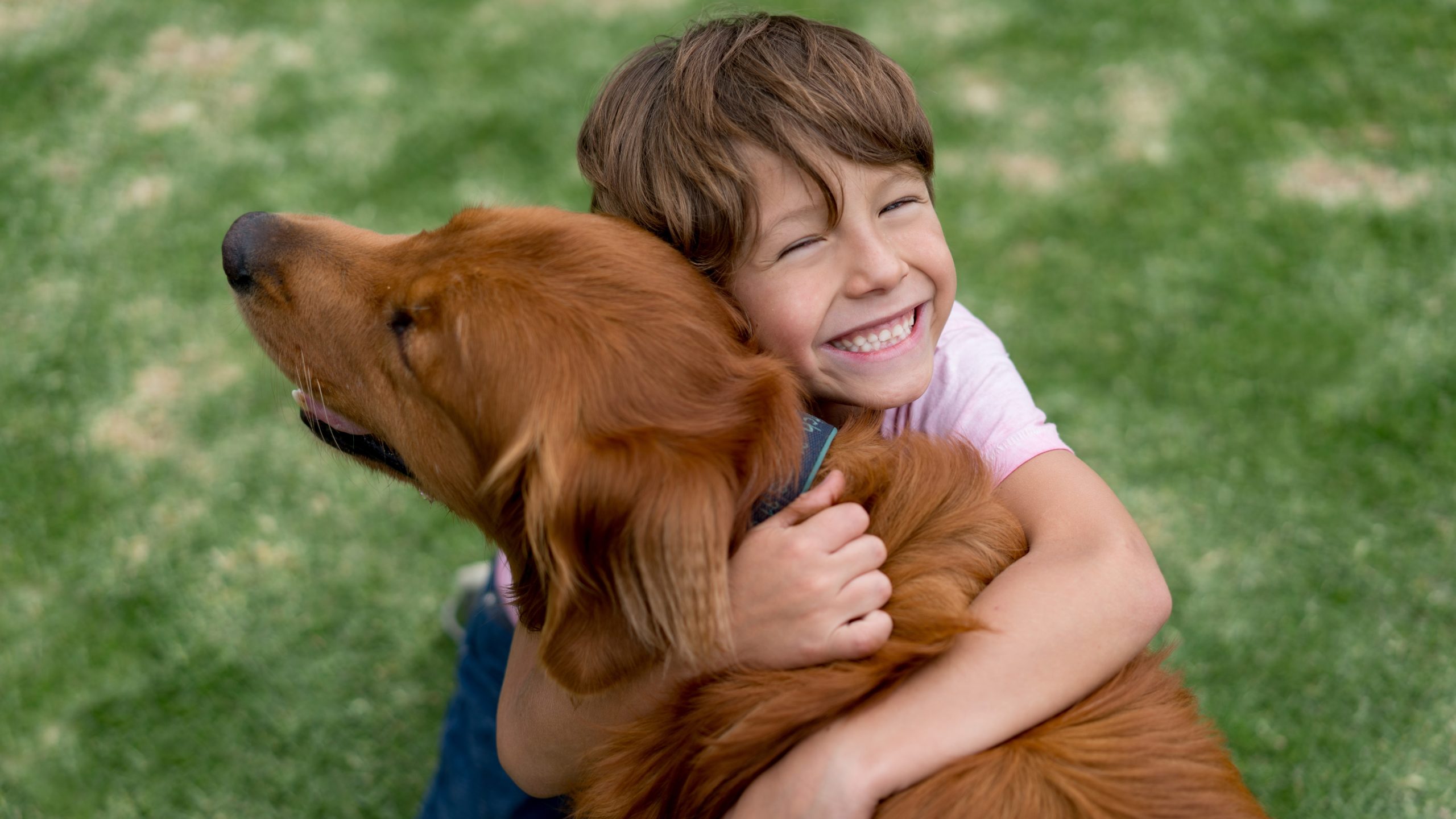Key points
- Each year, 100,000 Americans are vaccinated against rabies following a potential rabies exposure.
- Know how you could be exposed, and which animals are more likely to infect people with rabies.
- If you're traveling outside the United States, avoid wild animals.
- If you've been exposed to an animal that might have rabies, contact your health department immediately.
- Rabies post-exposure prophylaxis includes wound washing, human rabies immune globulin, and rabies vaccine.

Overview
In the United States, people are usually exposed to rabies by coming in contact with wild animals infected with the virus. They may also be exposed through their pets encountering a rabid animal. Common rabid animals in the United States include raccoons, skunks, bats, and foxes. People who are exposed to rabies should seek medical care urgently.
While only a few people die from rabies in the United States, there are more than 100,000 potential exposures to rabies each year. Because of rabies prevention efforts in the United States and access to rabies post-exposure prophylaxis (PEP), there are fewer than 10 human deaths each year.
Prevention
The best way to avoid rabies in the U.S. is to keep your distance from wildlife. Never approach animals who appear to be injured, sick, or dead, especially if you see animals during the day who are usually active at night (bats, raccoons, etc.) Instead, call animal control for assistance when needed.
Pet owners can lower their risk by keeping pets up to date on rabies vaccines. Also, keep pets away from wild animals as much as possible.
Rabies in dogs is still common in many countries outside the United States. Before you travel internationally, find out if rabies is present in dogs or wildlife at your destination. When traveling, keep your distance from wild animals and unfamiliar dogs and cats.
When to seek medical care
While rabies is well controlled in the U.S., more than four million Americans report being bitten by animals each year. More than one million Americans receive rabies-related medical care from local or state health departments.
Rabies vaccination is complex and expensive, and vaccines are often limited. Healthcare providers and public health professionals must quickly assess each person who may have been exposed to rabies to decide if they need the vaccine.
When immediate care is needed
To sum up: rabies in humans is completely preventable, but you must get medical help right away. This is called post-exposure prophylaxis (PEP), and it's highly effective if you get it as soon as possible after exposure. If you've been in contact with any wildlife or unfamiliar animals, particularly if you've been bitten or scratched, do the following:
- Wash any wounds immediately with soap and water for 15 minutes to flush out any virus.
- Talk with a healthcare or public health professional about your risk and if you need rabies-related care.
- Tell your healthcare provider or public health professional about the type of animal you encountered.
- Make note of and tell your healthcare provider or public health professional if you see any signs that the animal is not acting normally.
- If the animal that bit you is a pet, ask the owner for proof that the animal is up to date on their rabies vaccination.
This information is important when deciding if rabies-related care is necessary. if you're unsure about whether or not you had any direct contact with a rabid animal, consult your health department about whether you need treatment to prevent rabies. Remember, rabies requires urgent medical attention.